The history of many types of cheese is interesting and intriguing, not just their taste qualities.
And if anyone is interested in reading how the cheese they eat came to be, the story of the Swiss Tête de Moine will surely delight them, because this cheese is extremely ancient in origin and very interesting in its historical life.
Tête de Moine as a term has been used since 1790, but the cheese has a much longer history. Bellelay Monastery was founded in 1136.
For the first time, the monks of the monastery are mentioned in connection with the cheese they produce, as far back as 1192. They paid an annual rent for various properties with cheese produced in their abbey.
Thus, Bellelay cheese is mentioned for the first time in a document from 1570. Traditionally in Jura, the stock of cheese in the abbey was counted per monk's head, hence the name Tête de Moine, which translates as monk's head.
Tête de Moine cheese is made from unpasteurized cow's milk. It is produced using milk only from cows that graze in the summer on lush alpine meadows in the Jura Mountains. Therefore, the quality of the cheese is so wonderful that for a long time it served as a monetary equivalent.
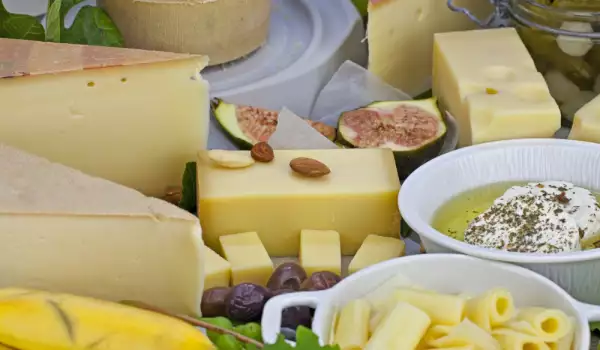
This cheese is made only in copper cauldrons. The rennet is of animal origin and the taste characteristics depend on the exposure. Tête de Moine cheese, whose recipe has remained unchanged for centuries, is aged in cool cellars on spruce boards.
Each head of it, as a cheese wheel is called, is regularly turned and washed with a strong brine. As a result, the cheese is covered with a brown crust. Its taste is spicy and delicate at the same time. It is sweet and interesting. Its aroma is unique.
This cheese matures for 3 to 4 months. Tête de Moine is not cut with an ordinary knife, but grated into roses with a special knife called Girolle, which was invented.
Beautifully shaped, the cheese is suitable as an aperitif and as a side dish to salads, accompanied by village-style bread with raisins. And when it comes to cheese, we must also mention the wine, which makes a fine company. These are Pinot Blanc, Riesling, Syrah.
In this article, also have a look at the Most Popular Swiss Cheeses and the most popular soft cheeses.
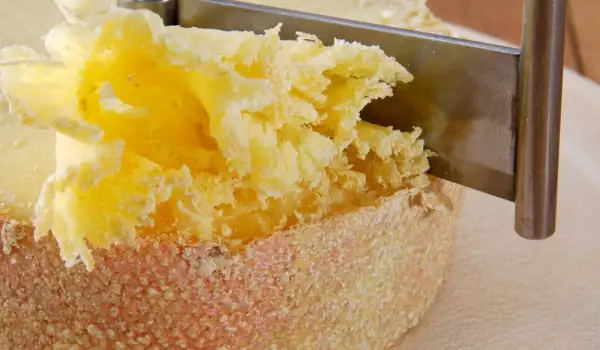

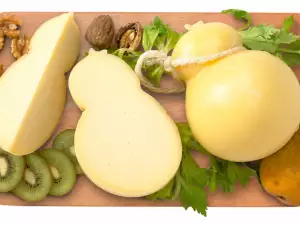


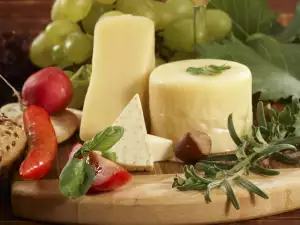


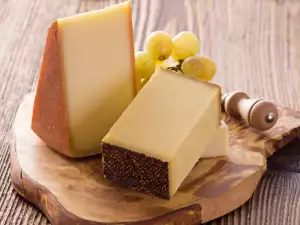

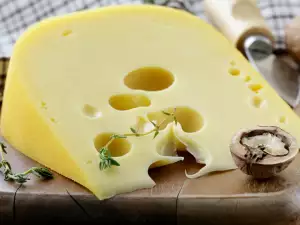
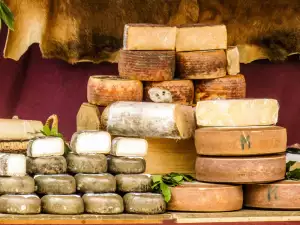
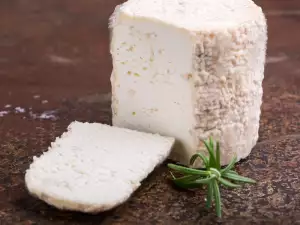
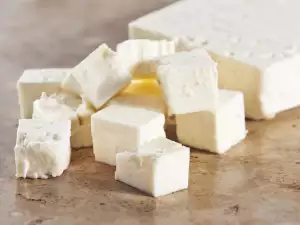

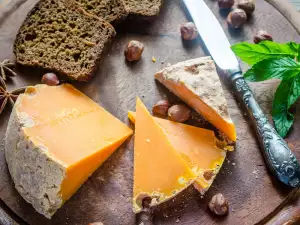




Comments